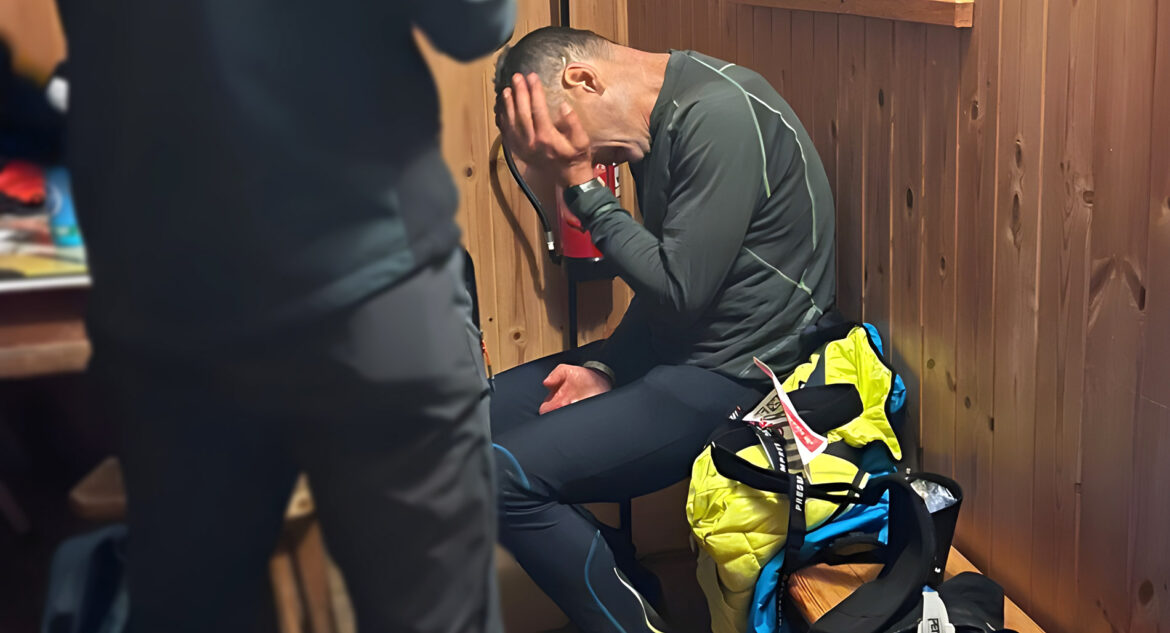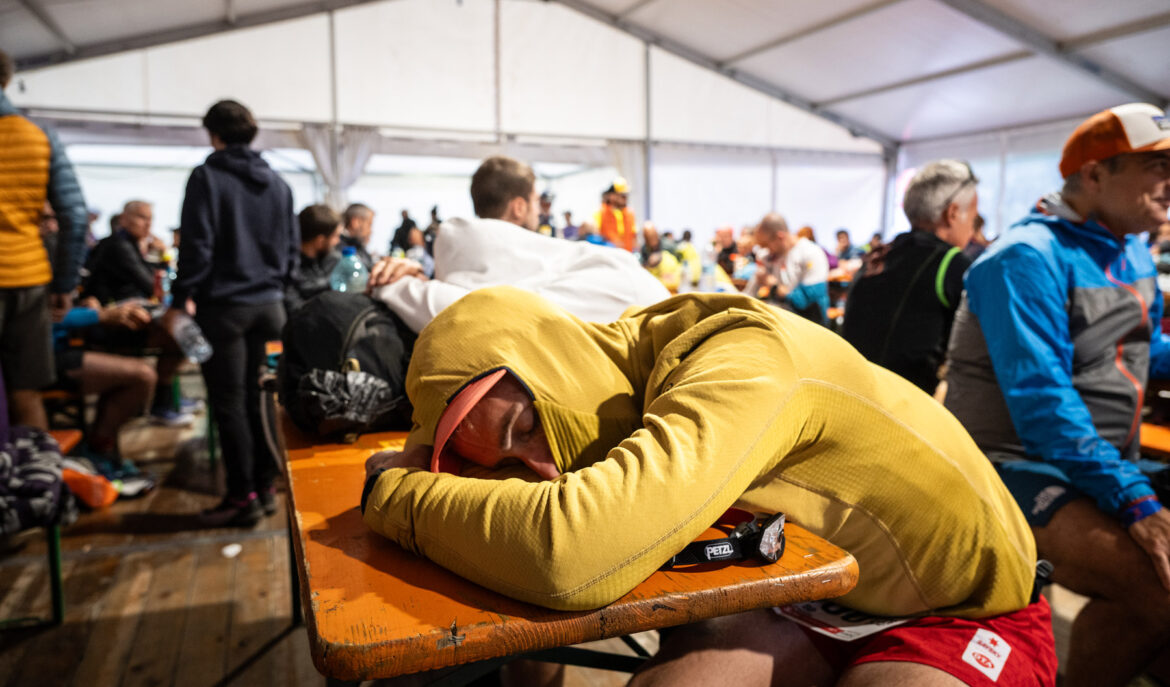Do ultra-trail athletes experience the difficulties they face in the same way? Or do similar problems have different impacts on each individual? And, in the end, can we learn and get better at facing the obstacles life puts in our way?
These questions are answered by a research study recently published in Plos One, the most
important open-access scientific journal worldwide. The study was conducted by the CERISM
Research Center of the University of Verona and Trento, and also involved the Catholic
University of Milan and the University of Padua, thanks to the work of Pietro Trabucchi,
Barbara Pellegrini, Aldo Savoldelli, Gianandrea Giacoma, Ilaria Vergine, Carlo Galimberti,
Sara Garofalo, and Federico Schena.
The research focused on one of the most challenging endurance trails in the world, the TOR450 – Tor des Glaciers, which features a 450-kilometer course with 32,000 meters of positive elevation and some sections above 3,000 meters above sea level. A course without "balises," meaning there are no usual flags, signs, or other markers to help runners stay on track. According to the researchers, the length, elevation changes, duration, and the severe conditions of the course — with high altitudes, technical passages, and variable weather — make it ideal for thoroughly analyzing ultra-trail athletes' coping strategies.
What emerges from the study is the fact that many athletes are able to develop, over time, the ability to learn and devise effective strategies for dealing with enormous difficulties: from sleep deprivation to managing physical pain, from cognitive decline to accepting destabilizing emotions.
Furthermore, the greater the athlete’s experience, the more functional and effective the strategies they come up with turn out to be.
This continuous confrontation with their own difficulties allows athletes to progressively improve their ability to overcome obstacles, both during the race and in everyday life. The experience gained in the extreme situations of the mountains thus provides useful tools for managing challenges outside the sporting realm as well. In this way, the mountain truly becomes a laboratory where contact with one's limits and difficulties becomes, for many, an opportunity for personal growth and inner evolution.

This, of course, doesn’t work for everyone. The research emphasizes how some people struggle to learn from their difficulties, developing ineffective strategies rather than functional ones: for
example, complaining instead of trying to solve problems, making excuses, passively waiting for
help, catastrophizing events, or giving up on managing them.
The research has developed — through statistical analysis of dozens of interviews with experts and athletes during the race — a macro-categorization of the issues faced by athletes and the related strategies used.
The most frequently mentioned strategy in athletes' responses is called “Flexibility and awareness in managing rhythm, sleep, and nutrition.” This highlights how crucial athletes in endurance disciplines like ultra-trail consider the ability to constantly adapt to their body’s needs. Flexibility in adjusting the running pace according to perceived fatigue levels is key to avoiding physical exhaustion or, on the contrary, excessive slowdowns that can compromise reaching the time barriers. Athletes stress the importance of listening to their bodies, adjusting the intensity of effort to maintain effective and sustainable energy management throughout the course. On the nutritional front, the ability to find a balance between energy needs and the natural tendency to reject food due to fatigue proves essential. Managing sleep requires a similarly conscious approach: one cannot rely on rigid schedules or pre-set breaks.

TORX® with Kailas - photo credits Stefano Coletta - Zzam! Agency
The athlete must be able to recognize when rest is absolutely necessary, as well as understand when it is still possible to continue without risk. Clarity in evaluating these situations is a key factor in maintaining performance and safety during particularly long and demanding races.
The study can be downloaded for free at this link:
https://journals.plos.org/plosone/article?id=10.1371/journal.pone.0332058
© 2009-2024 by VDA Trailers SSDrl
Any dissemination for commercial purposes of photographic or video images captured during the event, via any means (internet, social networks, TV, press, magazines, etc.), without written authorisation from the organisation is prohibited. GTC®, GTC100™, GTC55™, GTC30™, TORX®, TOR®, Tor des Géants®, Tor des Glaciers™, Passage au Malatrà™, Tot Dret™, TOR450™, TOR330™, TOR130™, TOR100™ and TOR30™ are trademarks owned or used exclusively by VDA Trailers. Any communication of the event or use of images of it must be done in observance of the name of the event and registered trademarks, subject to agreement by the organisation.
Valle d’Aosta Trailers SSDrl | Via Roma, 98 | 11013 Courmayeur | CF/P.IVA 01139360075 | Nr. Iscr. Reg. Imprese AOSTA AO-70629

